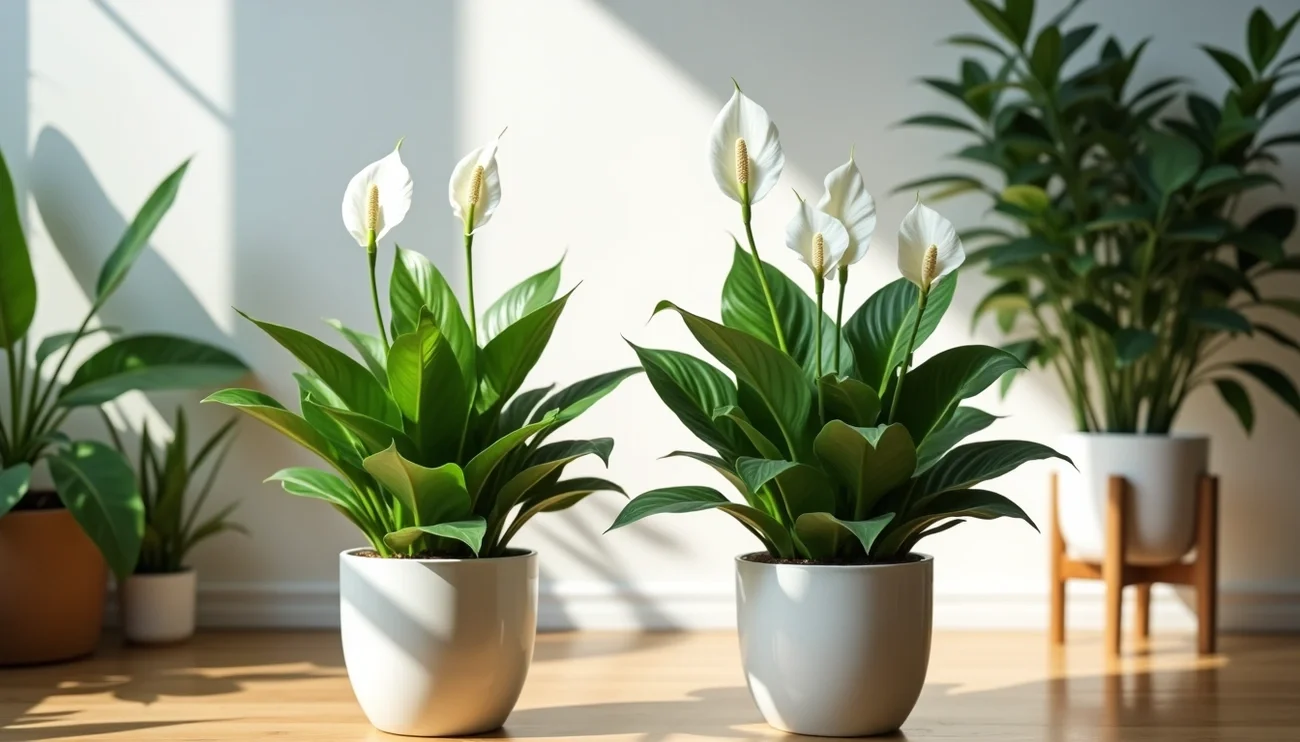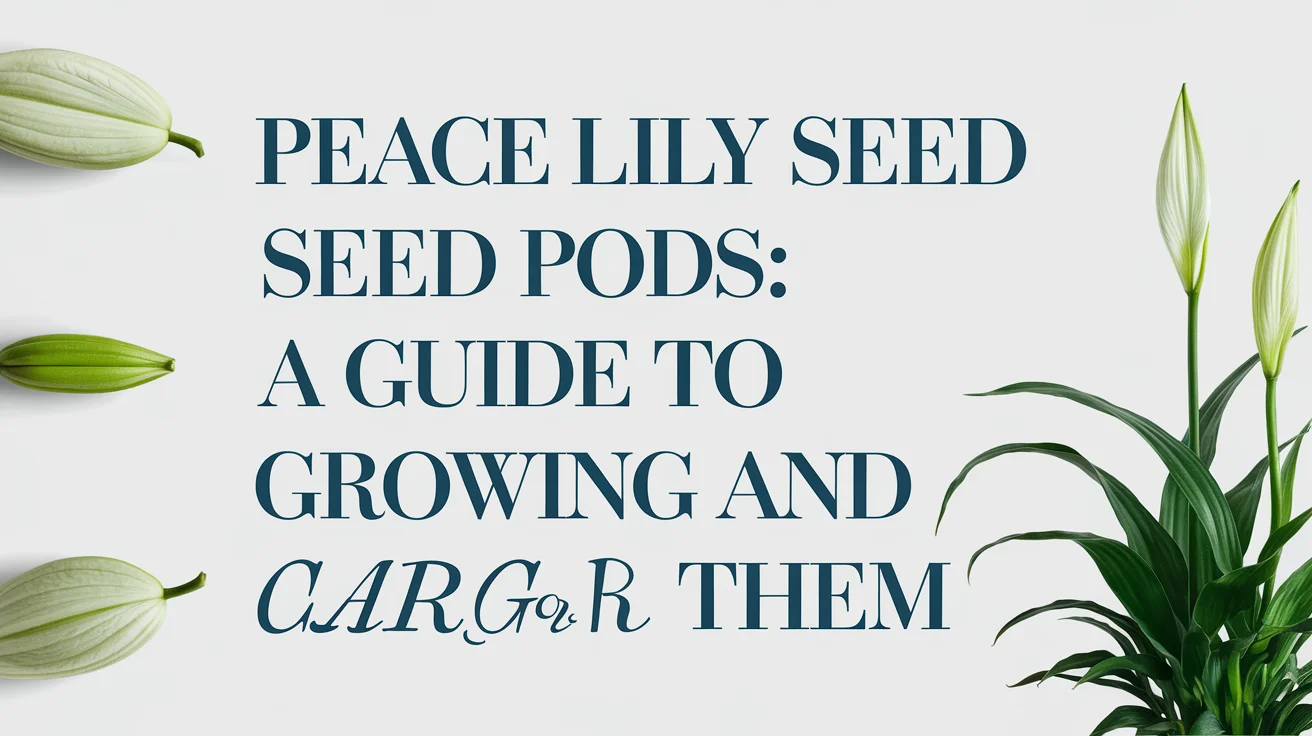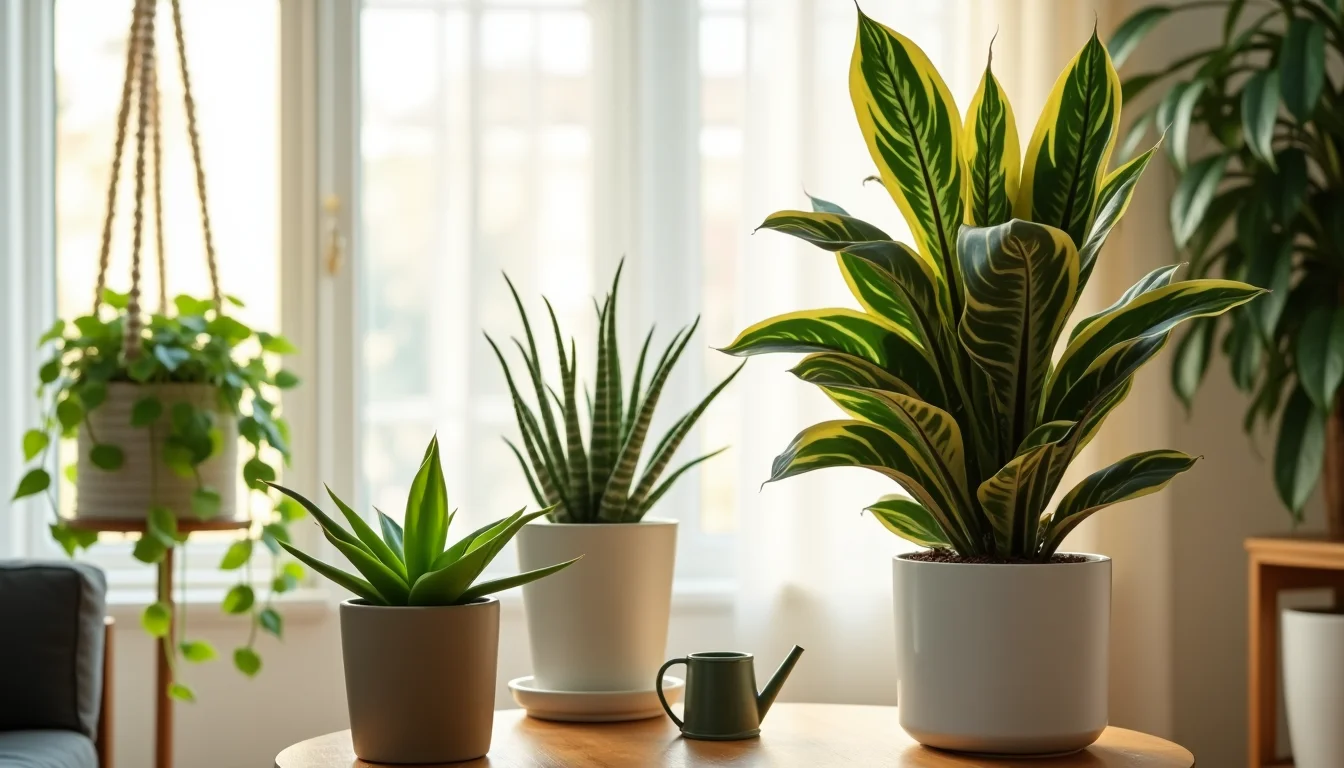Light plays a crucial role in plant growth. Plants cannot survive without enough light. My experience shows many gardeners struggle with weak, pale seedlings and houseplants that won’t bloom due to light-related problems. This clearly indicates how light affect plant growth, powering everything from photosynthesis to flowering.
Light shapes every part of plant development. Plants create their food through photosynthesis using sunlight, releasing oxygen as a byproduct. During rapid growth or flowering phases, plants need substantially more energy, requiring more intense light.
Natural light from southern exposures provides the strongest indoor lighting. Many plant enthusiasts now use grow lights to help when natural light isn’t enough.
This article explains how different light qualities affect plants. You’ll also learn what happens when light conditions fail and practical solutions to common lighting problems.
Mastering these light principles will enhance your gardening skills and empower you to achieve better results, whether nurturing houseplants or tending to an outdoor garden.
How plants use light to grow
Light powers every aspect of plant growth and serves as its ultimate energy source. Plants fascinatingly differ from animals in that they make their food using light energy through a complex yet elegant process.
Photosynthesis and energy production
Photosynthesis, a truly fascinating process, converts light energy into chemical energy. Green pigments known as chlorophyll, residing within specialized plant cell organelles called chloroplasts, absorb blue and red light waves and reflect green light, giving plants their characteristic color.
This remarkable process lets plants convert carbon dioxide and water into glucose and oxygen. The thylakoid membranes in chloroplasts host light-dependent reactions where chlorophyll absorbs sunlight to produce ATP and NADPH molecules.
The Calvin cycle then uses these energy molecules to transform carbon dioxide into sugar compounds that power all plant functions.
Why leaves are shaped to catch light
The leaf’s structure naturally maximizes light capture. A layer of cells called the palisade mesophyll sits beneath the upper leaf surface and plays a vital role in light capture and carbon fixation.
Plants have evolved two distinct cell types to handle different light conditions. Columnar cells work best in direct sunlight, while lobed cells thrive in diffuse light environments.
Many deciduous trees have adapted to create two different types of leaves. The exterior canopy features “sun leaves,” while the tree’s interior has “shade leaves.” Sun leaves are smaller, more elongate, and thicker, with extra layers of chlorophyll-containing tissues.
Their unique shape helps guide light to the interior leaves while protecting against light damage.
The arrangement of leaves on stems (phyllotaxis) follows the “golden angle” of about 137.5°. This pattern streamlines light capture by preventing leaves from casting shadows on each other.
What happens when light is limited
Plants show clear signs when they don’t get enough light:
- “Leggy” growth appears – leaves spread far apart as plants reach for light
- Leaves turn pale green to yellow because chlorophyll production drops
- Leaves grow smaller with thinner tissues
- Plants flower less or stop producing flower buds
- Multi-colored plants lose their variegation
- Growth slows down, and energy reserves decrease
Plants that don’t get enough light can’t photosynthesize properly, producing less energy. Their energy reserves eventually run out, and they begin to starve. The plant’s photosynthetic system weakens as chlorophyll fluorescence drops along with leaf thickness, palisade, and spongy tissues.
Your plant’s well-being is directly linked to meeting its specific light requirements. Some plants thrive in bright, direct light, while others prefer filtered or indirect light. Providing the right conditions is crucial, as plants can quickly become stressed and unhealthy when their light needs are not met.
Understanding different types of light
Plants and light share a complex relationship that depends on three significant factors: intensity, duration, and quality. These elements shape how plants develop and stay healthy.
Light intensity and plant health
Light intensity, which measures the amount of light reaching a plant’s surface, is crucial to plant health. While plants generally photosynthesize more with higher light intensity, each plant has its optimal light requirements.
Insufficient light can lead to weak, spindly growth, while excessive light can cause sunburn and stress. Understanding and managing light intensity is key to maintaining healthy plants.
Most homes do not provide enough light for indoor plants. Understanding the different light environments, such as full sun (8+ hours daily), filtered shade (dappled light through trees), and closed shade (under structures blocking direct light), can help you choose the right plants for your specific conditions.
For instance, species like Camptotheca acuminata thrive best at 75% of full sunlight rather than 100%, making them suitable for homes with limited light.
Light duration and flowering cycles
The photoperiod controls key developmental processes, especially flowering. This measures how long a plant gets light exposure in 24 hours. Plants fall into three groups based on how they respond to photoperiod:
- Short-day plants flower when night darkness exceeds a critical length (examples: poinsettias, chrysanthemums)
- Long-day plants flower when nights are shorter than a crucial period (examples: spinach, California poppies)
- Day-neutral plants flower regardless of the length of the night
Plants need darkness for vital physiological processes. More than 16 hours of continuous light can disrupt their development.
Light quality: red, blue, and beyond
Light quality describes specific wavelengths of the light spectrum. We focused on light in the PAR (Photosynthetically Active Radiation) range of 400-700nm.
Red light (600-700nm) helps plants flower, develop fruit, and grow taller. Blue light (400-500nm) boosts chlorophyll production and creates stronger stems with broader leaves. The healthiest growth comes from combining both wavelengths.
Green light (500-600nm) reflects more than other colors, giving plants their green look. It penetrates deeper into leaf tissues than red or blue light. Green light can match or exceed red light’s photosynthetic efficiency at high intensities.
Far-red light (700-850nm) influences how stems grow and when plants flower. Cannabis growers and other farmers employ this strategically.
How plants respond to light conditions
Plants have remarkable ways of adapting and thriving in all types of light conditions. Their survival strategies show sophisticated responses that evolved over millions of years.
Signs of too little or too much light
Indoor plants show clear distress signals when they don’t get enough light. Leggy growth shows up as long, skinny stems with large spaces between leaves as plants stretch toward light sources. These plants drop their leaves, show stunted growth, and turn yellow because they can’t photosynthesize properly. Variegated plants often turn solid green to maximize their chlorophyll production.
The problems look different with excessive light exposure. Leaf scorching or sunburn shows up as pale, bleached areas that turn brown and brittle as chlorophyll breaks down. Dry soil conditions make this damage worse. Even low-light indoor plants can get sunburned if you move them outdoors without letting them adjust gradually.
Shade-loving vs sun-loving plants
Sun-loving plants have special features to handle bright environments. Their leaves become waxy, fleshy, or silvery to reflect extra light and retain moisture. Plants like lavenders, purple coneflowers, and yuccas store water in special roots or stems to handle sunny spots better. Shade-tolerant species take a different approach.
Their leaves grow broader but thinner with more chlorophyll to capture light as quickly as possible. These plants use pigments to measure shade by detecting far-red and blue light wavelengths and adjust their growth. Ferns and hostas are perfect examples. They need less than 3-6 hours of direct sunlight daily and love filtered or dappled light.
Seasonal changes and plant behavior
Plants track seasonal changes through photoperiodism – their response to day length. Light-sensitive chemicals help them detect changes in daylight duration, which leads to leaf color changes and leaf drop in deciduous trees during autumn.
Flowering patterns respond strongly to these photoperiod triggers. “Short-day” plants bloom when nights grow longer than a specific threshold. “Long-day” plants flower at the time nights become shorter than a certain length. This natural timing system helps arrange reproductive cycles with the best seasonal conditions, which ensures optimal growth and survival throughout the year.
Practical tips for gardeners
Becoming skilled at working with light conditions paves the way to gardening success. Understanding how light affects plants helps you make informed decisions about where and what to grow.
How to assess light in your garden
Your first step is determining which directions your garden areas face. South-facing locations typically receive the most light (8+ hours daily), while north-facing spots get the least. East areas receive morning sun, and the west regions get more intense afternoon light.
Getting the full picture requires dedicating a day to tracking sunlight patterns:
- Draw a simple diagram of your garden
- Starting at 7:00 a.m., mark which sections have sun or shade hourly
- Total the hours each area receives direct sunlight
Your smartphone camera can take time-stamped photos throughout the day to create a visual record of your garden’s light patterns. Seasonal changes and maturing trees will alter these patterns over time.
Using plant grow lights effectively.
Grow lights can provide supplemental illumination when natural light falls short. These guidelines ensure the best results:
Position lights within 12 inches of plants for fluorescent bulbs and 6 inches for LEDs. Plants receive more light when the source is closer. Lights should run 12-16 hours daily. Plants need a rest cycle, so avoid 24-hour illumination. Plants receiving no natural light may need 16-18 hours under grow lights.
LED grow lights offer energy efficiency and longevity. In contrast, fluorescent lights provide a budget-friendly option with good full-spectrum coverage, both demonstrating how the type of light affects plant growth in unique and effective ways.
Positioning houseplants for best results
Each window exposure suits different plant light needs:
North-facing windows provide low-to-moderate indirect light, ideal for shade lovers like snake plants. South-facing windows offer bright light to full sun, perfect for succulents and light-loving plants.
East-facing windows deliver gentle morning sun suitable for many popular houseplants, including pothos and philodendrons. West-facing windows provide medium-bright light with some direct afternoon sun.
Choosing plants based on light availability
Standard light definitions guide plant selection:
- Full sun: Plants needing at least 6 hours of direct sun daily
- Part sun: Plants requiring 3-6 hours of direct sun
- Part shade: Plants needing 3-6 hours of sun but protection from intense midday light
- Full shade: Plants requiring less than 3 hours of direct sun
A realistic assessment of your conditions leads to success. Leafy greens and herbs thrive with just 4 hours of sunlight. Root vegetables need 6+ hours, and 8+ hours of sun allow you to grow nearly any vegetable.
Conclusion
Light plays a fundamental role in plant growth, turning regular gardening into a science-backed achievement. This piece explores how plants employ light energy through photosynthesis and adapt to different light qualities and intensities. Light serves as the vital energy source that powers everything from simple survival to flowering and fruiting.
Plants have developed sophisticated systems that help them capture maximum light, from specialized leaf structures to photoperiod responses triggering seasonal behaviors. If light conditions are inadequate, plants show visible signs of struggle with leggy growth and pale foliage. Too much light can be equally damaging and lead to leaf scorching and stress.
Gardeners can use this knowledge to their advantage. Your garden’s light patterns help match plants to suitable locations instead of working against nature. Grow lights are a great way to get around challenging indoor environments and extend growing seasons.
Plants share a complex yet beautiful relationship with light. Insufficient light should guide your plant selection and positioning rather than becoming an impossible challenge. Each species needs specific conditions, yet almost every garden space can support growth once you understand its light characteristics.





